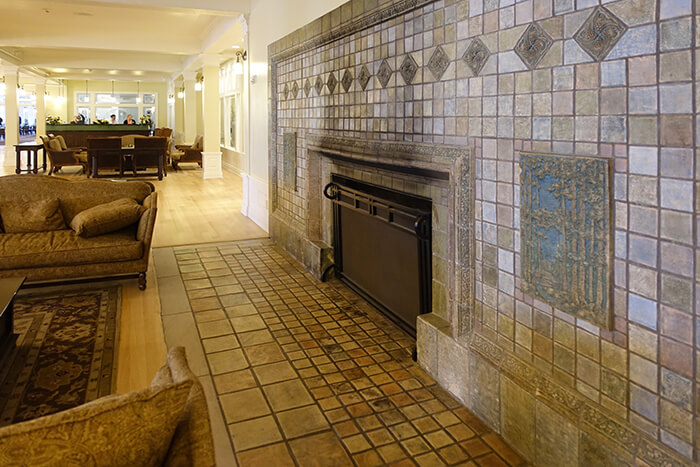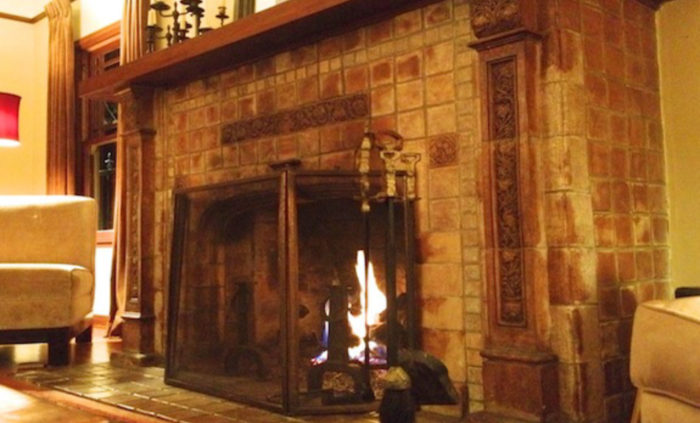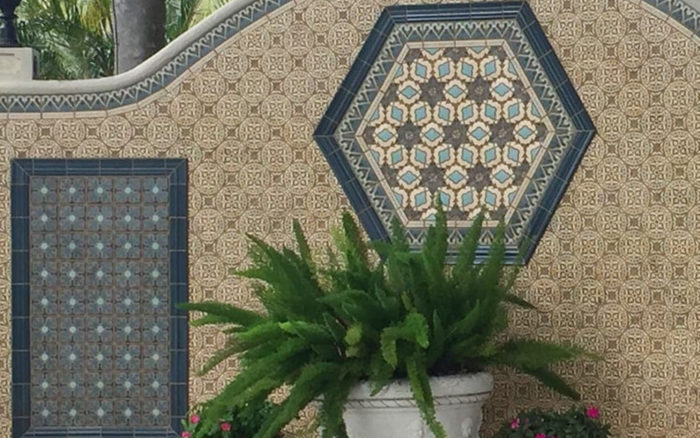This post is a follow-up to our previous Arts and Crafts Ceramic Tiles that we published last week. This time we hope to shed a bit of light on the spread of this major movement into the United States. Then, how the concept of Arts and Crafts Ceramic Tile in America came to stake out a permanent place in our design thought.
Boston, Massachusetts was the initial touch point for the Arts and Crafts idea as it moved across the Atlantic. This is easy to understand given the long-standing cultural alliance between England and New England overall. The American version of the movement was logically centered around revising European notions for North American use.

Here begins the genesis of what became known as the “Craftsman” style. To be clear, the Craftsman genre incorporated a variety of disciplines in architecture, interior design, furniture, ceramic tile, and many other decorative arts. All these were rolled up and promoted by Gustav Stickley in his now legendary magazine, The Craftsman.

The entire story of Arts and Crafts ceramic tile meets Craftsman tile is a book and certainly not a blog post. However, there was one person who has come to epitomize this all: Ernest Batchelder. As an artist, businessperson, and more, he has become a symbol of sorts for the American Arts and Crafts movement. Starting with a kiln in his Pasadena home, his vision of hand-crafted art tiles has transcended time. After all, having a “Batchelder Fireplace”, such as the one below, in a home, is worthy of a shout-out in any real estate listing.

Today, we have humbly offered up our Crossings Collection for your consideration. This material is shown in the first two images of this post. As always, thanks for reading.
